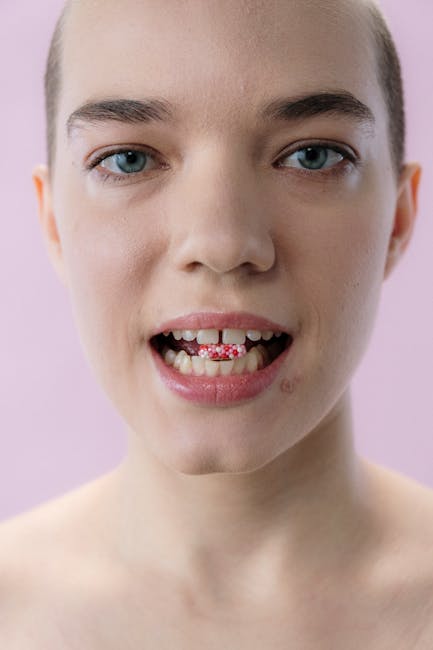Charcot-Marie-Tooth Disease (CMT): Understanding Symptoms, Diagnosis, and Management
Charcot-Marie-Tooth disease (CMT), also known as hereditary motor and sensory neuropathy (HMSN), is a group of inherited disorders affecting the peripheral nerves. These nerves transmit signals between the brain and spinal cord to the rest of the body, controlling muscle movement and sensation. CMT leads to progressive muscle weakness, primarily in the feet and legs, and loss of sensation. The severity and progression of CMT vary greatly depending on the specific type and the individual.
Understanding the Types of CMT
There are numerous types of CMT, classified primarily by the affected nerve fibers and the inheritance pattern. The most common types are:

- CMT1: Characterized by demyelinating neuropathy, meaning the myelin sheath (the protective covering around nerve fibers) is damaged. This leads to slower nerve conduction velocities. CMT1A is the most prevalent subtype, caused by a duplication of the gene encoding for peripheral myelin protein 22 (PMP22).
- CMT2: This type involves axonal neuropathy, meaning the nerve axons themselves are damaged. Nerve conduction velocities are typically normal or only slightly slowed. CMT2 is more genetically heterogeneous than CMT1, with many different genes contributing to its development.
- CMT4: This is a rarer form of CMT associated with more severe symptoms and an earlier age of onset. It often involves other organ systems.
- Dejerine-Sottas syndrome (DSS): A severe form of CMT with a very early age of onset and rapid progression.
Genetic testing is crucial for determining the specific type of CMT, allowing for more accurate prognosis and potential targeted therapies in the future.
Symptoms of Charcot-Marie-Tooth Disease
The symptoms of CMT usually begin gradually, often in childhood or adolescence, although the age of onset varies considerably. Common symptoms include:

- Progressive muscle weakness and atrophy: This typically begins in the feet and legs, often leading to foot deformities like high arches (pes cavus), hammertoes, and claw feet. Weakness can eventually progress to the hands and arms.
- Loss of sensation: This can affect the extremities, making individuals less sensitive to temperature, pain, and touch. This can lead to injuries that go unnoticed.
- Difficulty with balance and coordination: This can result in frequent falls and gait abnormalities.
- Muscle cramps and pain: These can occur in the affected limbs.
- Loss of reflexes: Deep tendon reflexes may be diminished or absent in affected areas.
- Scoliosis (curvature of the spine): This can develop in some individuals.
The progression of symptoms varies greatly between individuals and subtypes of CMT. Some people experience only mild weakness and sensory changes, while others experience more significant disability.
Diagnosing Charcot-Marie-Tooth Disease
Diagnosing CMT often involves a combination of the following:
- Detailed medical history and physical examination: This focuses on evaluating muscle strength, reflexes, and sensation.
- Nerve conduction studies (NCS): These tests measure the speed and strength of nerve signals. Slowed conduction velocities are characteristic of CMT1, while normal or only mildly slowed velocities are typically seen in CMT2.
- Electromyography (EMG): This test assesses the electrical activity of muscles.
- Genetic testing: This is becoming increasingly important to identify the specific genetic mutation causing the disease, offering more accurate diagnosis and potentially informing treatment strategies in the future.
- Nerve biopsy: In some cases, a small sample of nerve tissue may be examined under a microscope.
Managing Charcot-Marie-Tooth Disease
Currently, there is no cure for CMT. However, several strategies can help manage symptoms and improve quality of life:
- Physical therapy: Regular exercise can help strengthen muscles, improve balance, and maintain flexibility. This includes targeted exercises and stretching to address specific muscle weaknesses and contractures.
- Occupational therapy: Occupational therapists can help adapt daily activities to make them easier to manage. This might involve assistive devices or modifying tasks.
- Orthotics and braces: Custom-made orthotics and braces can support the feet and ankles, reducing pain and improving gait.
- Surgery: In some cases, surgery may be necessary to correct foot deformities or address other complications.
- Pain management: Over-the-counter pain relievers or prescription medications can help manage pain and muscle cramps.
- Genetic counseling: This is essential for individuals with CMT and their families to understand the inheritance pattern of the disease and the risk of passing it on to future generations.
Research and Future Directions
Research into CMT is ongoing, with efforts focusing on identifying new genes involved in the disease, developing disease-modifying therapies, and improving existing treatment strategies. Gene therapy and other novel approaches hold promise for future treatments. Clinical trials are underway, and participation in these trials could be beneficial for individuals affected by CMT.

Living with CMT requires proactive management and a multidisciplinary approach involving neurologists, physical therapists, occupational therapists, and other healthcare professionals. Support groups and online communities can provide valuable emotional and practical support to individuals and families affected by this condition.

